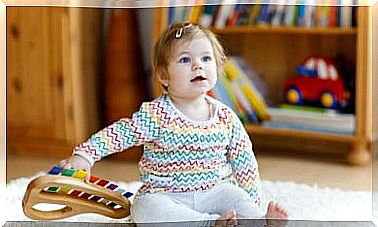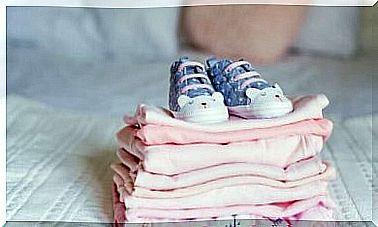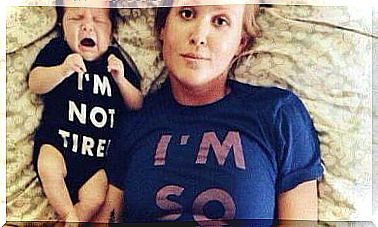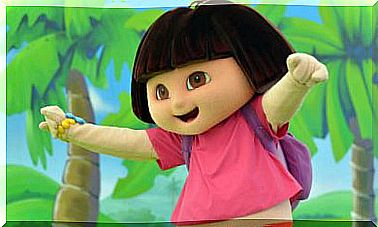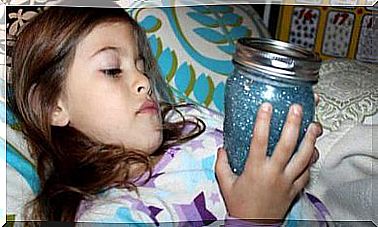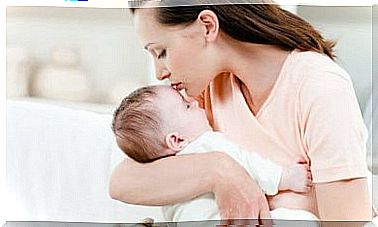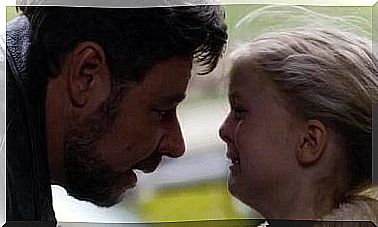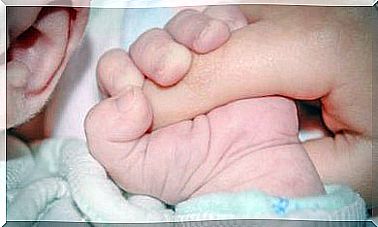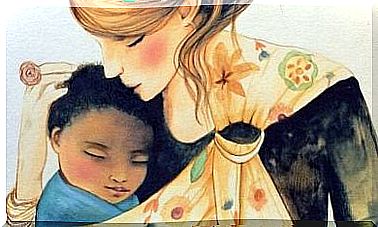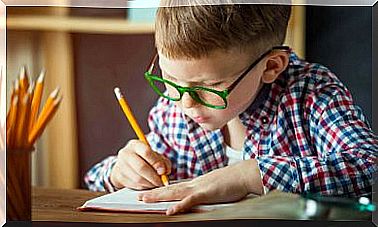What To Do If A Child Hits His Head?
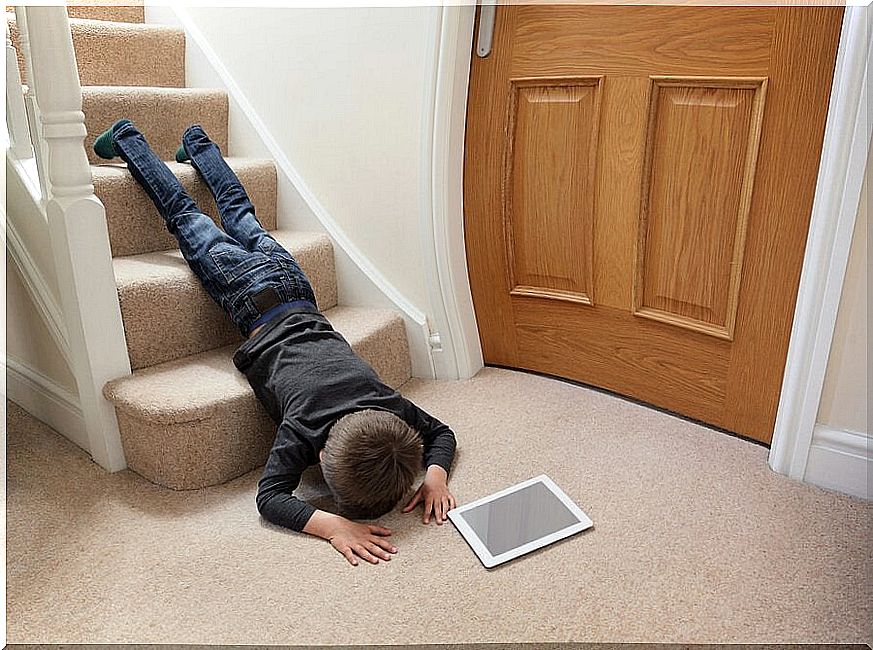
From the moment a child begins to walk, he or she is prone to falls and knocking his head. This type of injury is one of the most common accidents in children, and while you don’t always have to worry about it, you need to pay attention to it every time.
Depending on the severity of the accident, one must be prepared to act quickly. In order to be able to react in the right way and prevent more serious problems, it is really important that parents know certain basic guidelines.
In this article, we tell you what to do when a child hits his head when he falls, for example – so keep reading and keep the advice in mind!
It is common for a child to hit his head
Head knocking is a very common phenomenon from the moment a child starts walking. Accidents happen, and both younger and older children can easily stumble or fall so that they hurt their heads.
Of all childhood accidents, falls and knocks are the most common. In fact, experts report that about 50% of head blows occur in people under 15 years of age.
The most dangerous places in the home for the little one are changing tables, walkers, tables, beds and chairs.
As a parent, a child usually hits their head while playing sports or engaging in other physical activities.
How to react when a child hits his head?
It is vital that the child’s parents and relatives know what to do if such an accident happens. The child must be able to be cared for, in addition to which it must be possible to determine whether the child needs to be taken to a doctor.
Monitoring
This is one of the most important things when a child has hit their head.
Parents should monitor the child for three days after the accident and take him or her to the hospital immediately if any special symptoms occur.
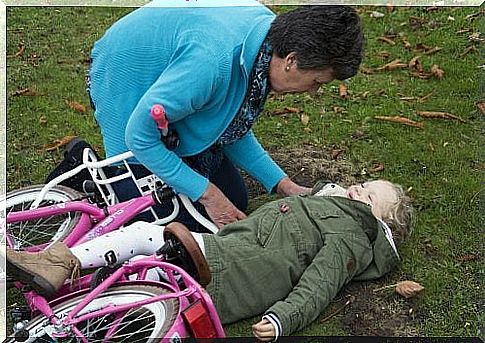
When should I go to the hospital?
There are some symptoms that clearly indicate that the child should be taken to hospital immediately. These include the following:
- Loss of consciousness (even momentary)
- Vomiting
- Problems speaking
- Impairment of coordination
- Memory loss
Bumps and bruises
In most cases, a bump in the head will only cause fright.
If a child gets a bump, bruise, or small wound, it is normal for him or her to experience discomfort and suffer from a headache. In these situations, parents should clean and care for the wound and place ice cubes wrapped in cloth on the skin.
Even if the bump doesn’t seem serious, parents need to be careful. If the bump or bump grows, it is advisable to go to the hospital as soon as possible.
Skull fracture
When a fracture occurs in the skull, or if the child has the following symptoms, call the emergency number or take the child to the hospital as soon as possible.
Symptoms of a skull fracture include:
- Bleeding eyes
- Bleeding from the eyes or nose
- Memory loss, as well as impaired coordination
- The bones of the head appear to move when touched
- Problems speaking
- Convulsions
- Drowsiness
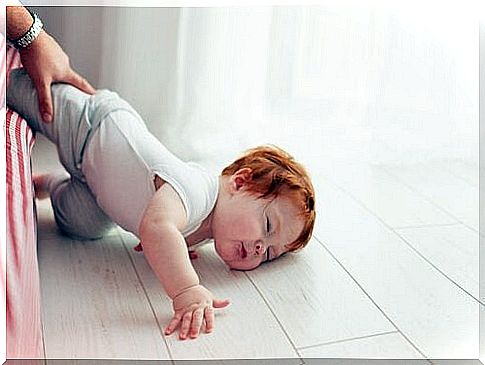
How should a child be observed after a head bump?
In the case of a small baby, parents should be especially careful, as the skull bones are still very soft. The baby should be monitored for several hours after the accident and should be taken to a doctor in the following cases:
- The bump grows and becomes soft
- The child has difficulty breathing
- Drowsiness
- Irritability
- Vomiting
The most common symptom seen after a head bump is a headache. In most cases, the problem is solved with the help of ice, a peaceful environment and a painkiller suitable for the child.
As you already know, when it comes to babies and even older children, parents and adult relatives should be vigilant about any symptoms as they may tell you that the child needs professional help.
While a head bump is probably the most common childhood accident, it should be remembered that the head is one of the most sensitive areas in the human body. Therefore, you should be especially careful in situations where a child hits his head. Monitoring is key so parents can determine if a child needs to be taken to a doctor.
